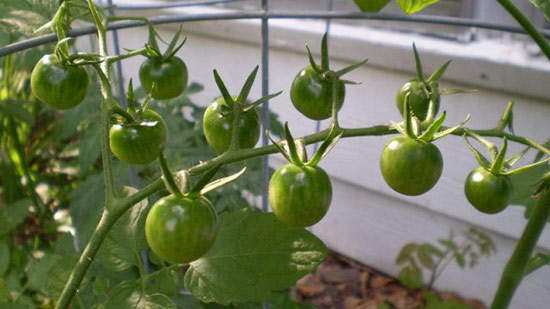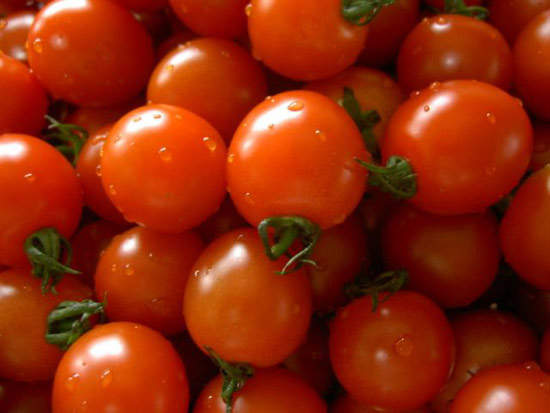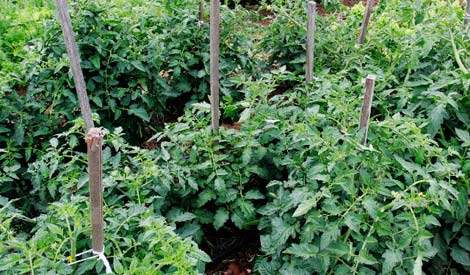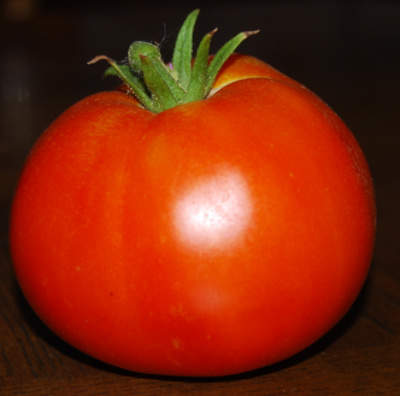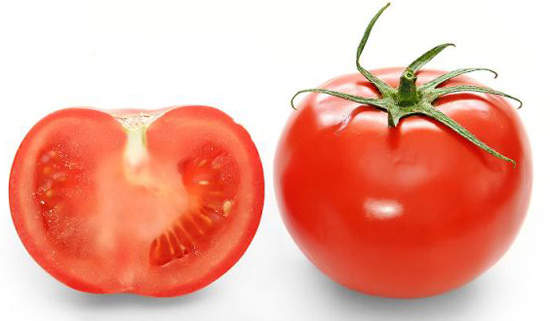John Baarda Ltd based in Billingham, North Yorkshire, is one of the largest tomato growers in the UK. The Billingham facility was opened in 2007 and was developed to grow tomatoes for UK supermarkets on a year-round basis. John Baarda is one of the major tomato suppliers for Sainsbury’s and Somerfield. The Billingham nursery can grow about 10,000 vines a year and these produce around 7,000t of mature tomatoes for sale at ‘grade A’ salad quality.
The new plant grows and packs all the tomatoes and then stores them prior to distribution across the UK. The breakthrough with growing tomatoes all year round in a sustainable fashion came in 2005 when John Baarda linked up with TerraNitrogen (a chemical company based in Teesside).
The project involved TerraNitrogen using the carbon dioxide and heat by-products of their processes to supply one of the largest greenhouse complexes in the UK to grow tomatoes throughout the year. This has had two positive affects: one is to reduce the emissions of TerraNitrogen and effectively make use of heat and CO2 that would have been wasted and the other is to reduce emissions that would be caused by importation of tomatoes into the UK for winter.
TerraNitrogen connection
TerraNitrogen has been examining ways of using its by-products since 2004 when it linked up with a local tomato farmer to grow more than 300,000 tomato plants using the CO2 and steam / heat from the TerraNitrogen manufacturing site. In January 2006 the largest greenhouse complex in the UK (15ha (38 acre)) greenhouse owned by John Baarda Ltd provided its first crop (investment of £14m with help from Tees Valley Regeneration and HSBC).
The greenhouse uses around 12,600t of CO2 that is produced by TerraNitrogen during ammonia manufacture and the waste steam is used to provide heat to the greenhouses and also to generate electricity by heat exchange for lighting (all waste plant material is also composted for reuse). Because winter tomatoes can now be sourced in the UK it is estimated that around 250,000 food miles a year can be saved. The new nursery and packaging house has also brought jobs to Billingham as the fruit is picked by hand and packed using a semiautomatic system into PET punnets.
Tomato packing and checkweighing
John Baarda has its own packhouse attached to its greenhouse complex to weigh, wrap and label all its tomato product varieties including vine tomatoes and cherry tomatoes. One problem that has arisen is the fact that they have always sold by minimum weight and this has meant that there is product giveaway amounting to as much as 100g for a 500g punnet. This was not cost effective and so in March 2007 John Baarda contacted Avery Weigh-Tronix to supply a solution. Avery supplied a new Avery Weigh-Tronix checkpoint M dynamic checkweighing system.
Tomatoes are picked and then sent for weighing, wrapping and labelling. The new system sees the punnets placed on a conveyor and sent through the dynamic checkweigher (checkpoint M).
Punnets that are within the set weight tolerance are sent to the wrapper and then to a second checkweigher which records the average weight. Punnets that are outside the tolerance are moved across to a second packing line where an operator places the punnet onto a manual checkweigher with an E1210 indicator and then adjusts the contents to within the acceptable level. These punnets are then placed back on the conveyor and sent to the wrapper and then the final dynamic checkweigher.
The second checkweigher continuously communicates to the manual checkweighers what the weighing trends are and automatically adjusts the tolerance band on the manual machines to ensure minimum giveaway. The system also allows line performance and output to be evaluated so that performance can be improved and double handling minimised. Tim Howarth, business development manager for John Baarda commented: “Historically we had poor control over product giveaway – between 8% and 16%. With the new system, we are now able to drive to e-weights.”
Checkpoint M
The checkpoint M is a high precision dynamic checkweigher that can be used for product weights of up to 7.5kg (there are four systems 750g × 0.1g, 1,500g × 0.2g, 3,750g × 0.5g or 7,500g × 1g). The system with a conveyor speed of up to 230 weighings a minute may be used as standalone device for monitoring target weights such as in the John Baarda case or also integrated into a network if required.
Checkpoint M is controlled by menu-guided touch screen operation with memory space for 50 product records. There are also special graphics screens for displaying statistics, histograms, trend and average value curves to give performance indicators.

